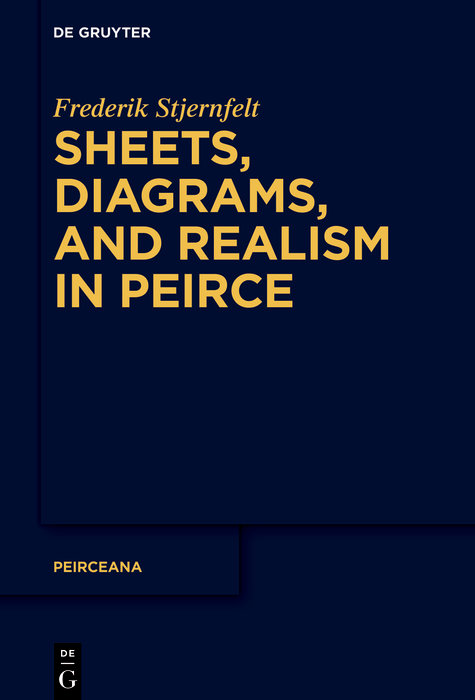This book investigates a number of central problems in the philosophy of Charles Peirce grouped around the realism of his semiotics: the issue of how sign systems are developed and used in the investigation of reality.
Thus, it deals with the precise character of Peirce's realism; with Peirce's special notion of propositions as signs which, at the same time, denote and describe the same object. It deals with diagrams as signs which depict more or less abstract states-of-affairs, facilitating reasoning about them; with assertions as public claims about the truth of propositions. It deals with iconicity in logic, the issue of self-control in reasoning, dependences between phenomena in their realist descriptions.
A number of chapters deal with applied semiotics: with biosemiotic sign use among pre-human organisms: the multimedia combination of pictorial and linguistic information in human semiotic genres like cartoons, posters, poetry, monuments.
All in all, the book makes a strong case for the actual relevance of Peirce's realist semiotics.


